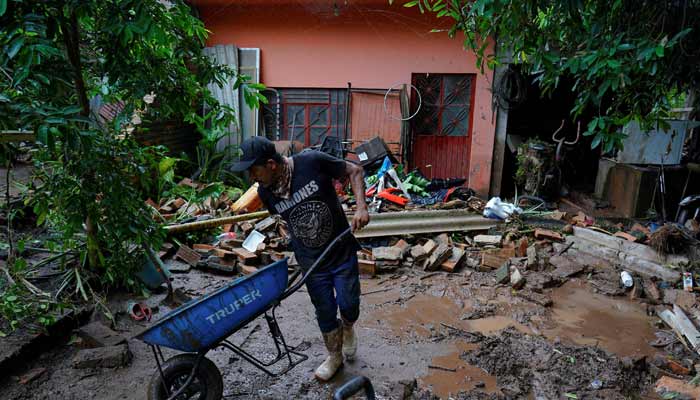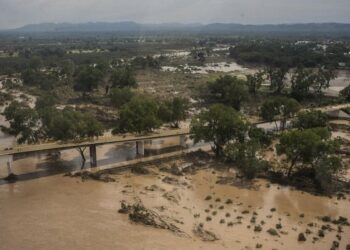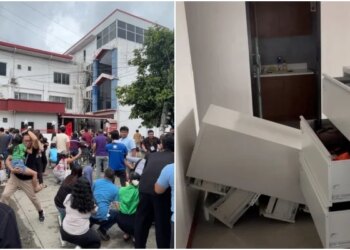Select Language:
Last week’s heavy rainfall in Mexico resulted in at least 64 fatalities, with 65 individuals reported missing. The tropical depression that caused widespread landslides and flooding impacted coastal and central regions along the Gulf Coast. This system developed late in the rainy season, exacerbating land saturation and causing rivers to overflow, as they had already been swollen by months of persistent rainfall. Forecasters were primarily focused on nearby tropical storms and two Pacific hurricanes at the time.
President Claudia Sheinbaum stated that the rainfall was more intense than anticipated. Admiral Raymundo Morales of Mexico’s Navy explained that the flooding occurred due to the convergence of warm and cold air currents over already flooded rivers and weakened mountains from prolonged rains.
Approximately 100,000 homes were affected by the disaster. Sheinbaum indicated she would meet with financial officials later to plan recovery efforts and would visit some of the hardest-hit areas. Civil protection coordinator Laura Velazquez identified Hidalgo and Veracruz as the most severely impacted states, with Veracruz reporting 29 deaths and 18 people missing, and Hidalgo reporting 21 deaths and 43 missing.
Infrastructure including bridges was destroyed, and streets turned into muddy waterways. Emergency responders were seen wading through deep waters last week to rescue stranded residents and deliver supplies. Thousands of personnel have been deployed to assist with evacuations, cleanup, and monitoring the affected zones.
Power outages in towns across five states have mostly been restored. Authorities are now also concentrating on preventing the spread of mosquito-borne viruses like dengue, which thrive in stagnant water.







